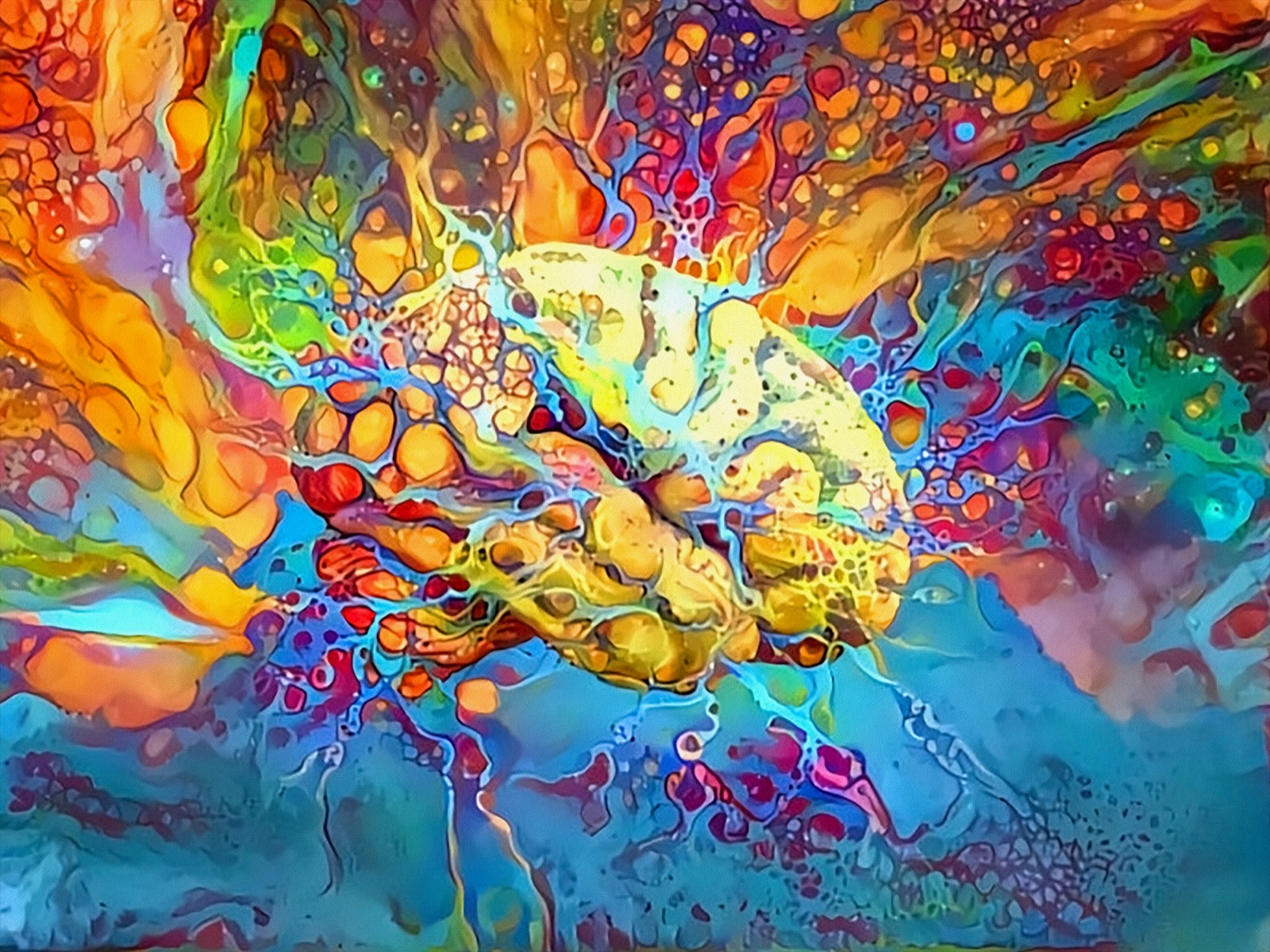Unveiling one of the most Provocative Trump Art Parts of the Decade
Unveiling one of the most Provocative Trump Art Parts of the Decade
Blog Article
Delving Into the Diverse Globe of Artistic Expression: From Surrealism to Abstract Realism
In the world of creative expression, from the dreamlike landscapes of surrealism to the complex play of light and form in abstract realism, artists have constantly pushed the limits of imagination and creativity. As we explore the multifaceted world of art, we are presented with a tapestry of styles, techniques, and viewpoints that challenge our understanding and prompt consideration.
Surrealism: Unleashing the Subconscious
Surrealism, a progressive creative motion of the 20th century, dug into the depths of the subconscious, introducing a globe of dream-like imagery and non-traditional associations. Headed by artists like Salvador Dali, René Magritte, and Joan Miró, Surrealism looked for to challenge the traditional means of understanding and seeing art. With techniques such as automatism and dream analysis, Surrealist musicians aimed to tap into the unconscious mind to expose surprise truths and wishes.
One of the crucial elements of Surrealism was the emphasis on the unreasonable and the uncanny. By incorporating unexpected aspects in their jobs, Surrealist artists intended to create a feeling of disorientation and shock in the audience. This disruption of reasoning and factor was implied to prompt a much deeper exploration of the subconscious and the secrets of the human subconscious.
Abstract Realistic Look: Redefining Assumption
Testing conventional creative boundaries, Abstract Realism redefines assumption through the blend of identifiable components with abstract forms. This ingenious approach to art incorporates the representational precision of realistic look with the innovative flexibility of abstraction, using visitors a special visual experience that prompts them to examine their understanding of truth.
In Abstract Realism, musicians make every effort to catch the essence of their topics while also infusing their job with a feeling of depth and complexity via abstract elements. By blending the knowledgeable about the unknown, these artists welcome audiences to engage with their pieces on several levels, encouraging them to discover the nuances of shade, structure, and form.

Cubism: Fragmenting Truth
Using geometric types and fragmented perspectives, Cubism reinvented the artistic depiction of reality in the early 20th century. Created by Pablo Picasso and Georges Braque, Cubism sought to test conventional ideas of viewpoint and depiction. By breaking down things and numbers into geometric forms and presenting them from several viewpoints concurrently, Cubist artists aimed to record the essence of the subject instead of its literal look. This approach not just deconstructed truth however likewise stressed the monotony of the canvas, leading the way for future abstract art movements.

Cubism can be classified into two major phases: Analytical Cubism, characterized by monochromatic color pattern and elaborate, fragmented kinds; and Synthetic Cubism, which integrated collage elements and brighter shades right into the structures. With these unique stages, Cubism affected not only painting however also sculpture, style, and style. trump art. Its impact reverberated throughout the art world, motivating artists to explore brand-new means of representing the world and analyzing around them
Expressionism: Emotions on Canvas
Exploring the depths of human emotions with meaningful and vibrant brushstrokes, Expressionism arised as a profound official website imaginative movement in the very early 20th century. Unlike previous art motions that focused on depicting the exterior globe, Expressionism looked into the interior realm of the musician's psyche, intending to stimulate raw feelings and prompt natural responses from audiences.
Expressionist artists, such as Edvard Munch, Egon Schiele, and Emil Nolde, declined traditional ideas of appeal and realism for distorting kind and shade to communicate subjective feelings. Making use of overstated brushwork, bold shades, and distorted figures aided create a feeling of anxiousness, alienation, or enthusiasm in their jobs.
One of the most renowned examples of Expressionism is Munch's "The Scream," which catches the intense anxiousness and despair of modern-day life with its swirling, distorted number against a blood-red sky. Through their psychologically billed works, Expressionist artists sought to challenge conventional imaginative standards and supply a home window into the turbulent midsts of the human soul.
Contemporary Art: Evolving Viewpoints

One of the specifying characteristics of modern art is its constant evolution and ability to adjust to changing cultural landscapes. Artists are progressively incorporating innovation into their technique, obscuring the lines in between the digital and physical realms. This combination of mediums enables ingenious ways of narration and engaging with target markets in a more interactive fashion.
Furthermore, contemporary art often acts as a system for social discourse, attending to pushing concerns such as identity, national politics, and the atmosphere. Musicians are using their work to stimulate crucial discussions and provoke thought, clarifying the intricacies of the world we stay in. As point of views remain to develop, contemporary art continues to be a significant and vibrant force in shaping our social landscape.
Final Thought
To conclude, the world of artistic expression encompasses a wide variety of activities and styles, each with its additional resources own special technique to sharing significance and feeling. From surrealism's exploration of the subconscious to abstract realistic look's redefining of perception, and from cubism's fragmentation of truth to expressionism's representation of emotions, art remains to evolve and challenge perspectives - trump art. Contemporary art reflects the ever-changing world we live in, supplying brand-new means to interpret and comprehend the complexities of our fact
As we discover the diverse globe of art, we are presented with a tapestry of designs, strategies, and approaches that test our understanding and prompt reflection. Its impact reverberated across the art globe, inspiring musicians to discover new ways of interpreting and representing the world around them.

Report this page